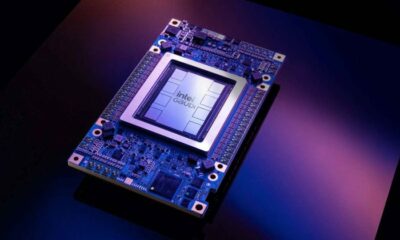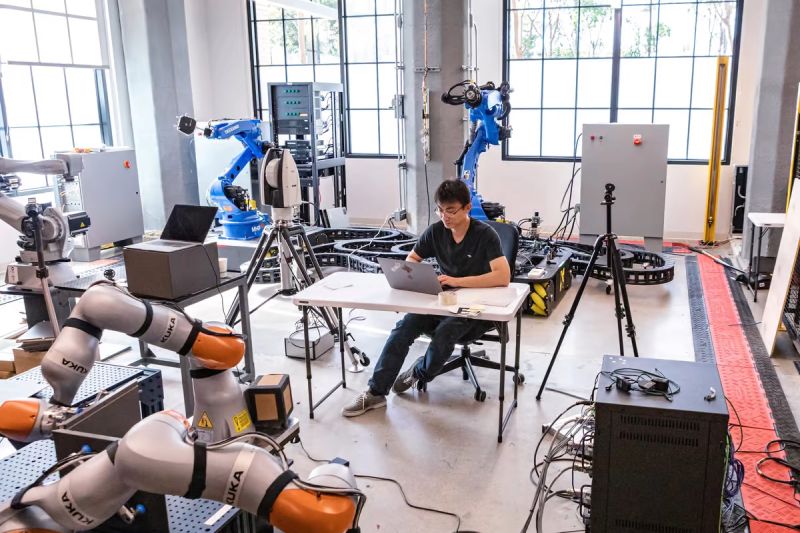Dyna.Ai announced its worldwide launch at the Dubai Fintech Summit. In order to better serve its wide range of clients—which include traditional banks, digital banks, fintechs, insurance companies, and other businesses—Dyna.Ai has expanded its operations throughout Asia, the Middle East, the Americas, Europe, and Africa.
Dyna.Ai is currently setting up offices in the Kingdom of Saudi Arabia, Nigeria, and the United Arab Emirates in the Middle East and Africa.
Additionally, Dyna.Ai disclosed its applications for a variety of industries. Dyna.AI, a leading AI company, improves critical business operations in the financial and other sectors. Enhancing marketing, customer acquisition, risk management, and operational productivity are all made possible by its solutions.
Dyna.Ai presented its enterprise-level generative AI models with retrieval-augmented generation, sophisticated customization, intensive data curation, and improved performance at its global launch. Two solutions are part of the AI platform: Dyna Avatar is used for digital human interactions, and Dyna Athena is used for text-to-speech, language, and speech processing. For banks, fintech, and other businesses, both solutions provide task-specific, LLM-powered solutions that improve natural language interactions and make conversations more realistic and interesting.
Real-time digital human interactions are made possible by Dyna Avatar, which offers conversational AI-powered dynamic experiences and automated speech recognition. With upcoming updates, Dyna Avatar, which presently supports English, Arabic, Chinese, Japanese, and Thai, is set to expand its language support even further, improving digital life and influencing the direction of intelligent interaction.
“Our goal at Dyna.Ai is straightforward: enhance life, empower work. The global financial services industry is at a turning point where businesses must quickly adjust to the disruption caused by AI that is taking place in front of them. Business leaders want solutions that give them access to cutting-edge technology so they can stay ahead of the competition in this quickly changing ecosystem, according to Mr. Tomas Skoumal, Chairman of Dyna.Ai.
Dedicated to research and development, Dyna.Ai employs more than half of its workforce for this purpose. The company is constantly hiring people throughout the world to support its ambitious growth plans, including specialists in marketing, technology, and customer success.
Additionally, Dyna.Ai demonstrated its powerful system products, such as the Business Core System and Smart Decision Platform, which combine APIs, centralize data storage, and simplify processes. Another cutting-edge solution that promotes omnichannel mobility and complete digitalization is the Digital Banking System, which enables quick user engagement and growth in transaction volume.
“From the Dubai Fintech Summit, we are excited to launch our global expansion.” A distinctive and cutting-edge RaaS (Result as a Service) business model is by Dyna.Ai, which also offers expert AI solutions in the financial sector. According to Mr. Tomas Skoumal, Dyna Ai’s services can help banks, insurance, wealth management, and fintech companies achieve business outcomes. The company also supports pay-for-performance.
The global management team at Dyna Ai is composed of highly qualified professionals with solid core competencies. These important individuals hold advanced degrees in computer science, AI/ML, statistics, and neuroscience and come from prestigious companies like Standard Chartered Bank, Citibank, JP Morgan Chase, FICO, and digital banking. This multicultural team provides successful application solutions for numerous clients by bringing broad experience in financial services, data analysis, artificial intelligence, software engineering, and business consulting.
Dyna.Ai is able to fulfill the local financial service requirements of different countries while combining the world’s most advanced AI technology by offering local services and operational capabilities in multiple regions.


 Business4 weeks ago
Business4 weeks ago
 Entertainment3 weeks ago
Entertainment3 weeks ago
 Business4 weeks ago
Business4 weeks ago
 Business2 weeks ago
Business2 weeks ago
 Technology4 weeks ago
Technology4 weeks ago
 Business2 weeks ago
Business2 weeks ago
 Business2 weeks ago
Business2 weeks ago
 Technology3 weeks ago
Technology3 weeks ago














